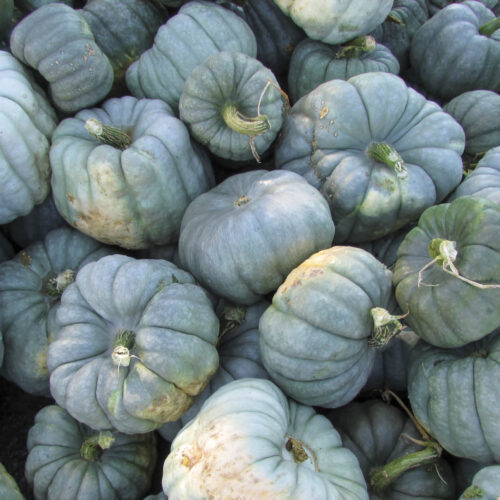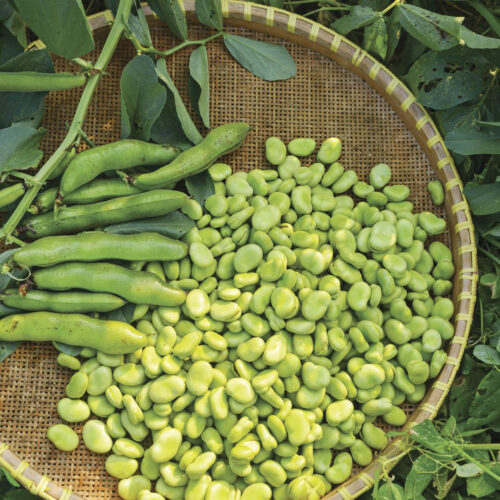Gardening tips to beat the heat
2024-11-28T08:27:56+11:00
Water is the key to helping the plants in your vegie patch thrive during the hot months, so follow these easy to implement ideas and help your plants survive.
Some of the longer term strategies for keeping plants survive and thrive during hot summers include adding organic matter to your soil so that extra water is stored in the soil. Install drip irrigation because its the best way to water as it delivers water directly where you want it; grow or build wind protection that blocks some of the hot, dry NW winds that suck moisture from plants and soil and finally try planting more drought tolerant plants. But these all take time to implement and aren’t much help if you just want keep your plants alive now.
Water low and deeply
Always direct your hose close to the soil, and the plants you actually want to water, rather than just waving it around. This means water goes directly to the roots, instead of splashing over leaves. Water deeply, make sure that the water is getting to the roots, not just staying in the surface soil. For trees, remember that most of the feeder roots that collect water are at the drip line of the tree. Run an imaginary line from the outside edge of leafy branches down to the soil, this is the drip line. Always start your watering at this point and then move towards the trunk.
Water in the morning or in the evening but …..
The very best times to water are in the morning or in the evening. If watering in the evening, make extra sure you don’t water the leaves because water sitting on leaves over night encourages fungal diseases.
……It’s a myth that you can’t water in the middle of a very hot day
If its really hot and you know your plants need water, then water. But try to keep it down at ground level. This helps plants deal with heat stress from extreme temperatures.
Use mulches
Mulch as much of the garden as you can. Use only mulches that are open enough to allow easy water infiltration. The best for this are lucerne hay and pea straw for the vegie garden, and coarse bark mulches for the wider garden. Keep the mulch away from the trunk, and extend it out to the drip line for each tree. If you use thick layers of fine mulches like lawn cuttings, sugar cane mulch or saw dust, these can form crusts that stop water from getting through. And don’t forget to mulch your pots as well and always water well before mulching.
Set your hose nozzle to soft spray and use a trigger nozzle.
The soft spray means the water falls softly on the soil and is more likely to soak in, rather than running off the surface to the nearest drain. While by using a trigger nozzle
the water automatically switches off if you need to stop to pull out a few weeds, get distracted in some other way or just want to walk to the tap to turn it off.
Test for dryness and piggy-back.
Use the finger test to see if established plants need to be watered. Push your finger into the soil to just above the second knuckle, if it feels moist, then don’t water. Conversely if you know its going to be really hot in coming days, and you’ve just had some light showers of rain then its a good time to water. This is known as piggy-backing. By using this existing dampness, your watering will get moisture deeper into the ground.
Buy a rain gauge
Even though we hear about how much rain has fallen in certain regions, there are always areas that get less or more rainfall due to local conditions. One way of knowing if you need to water or not is to measure your rainfall with a rain gauge. This way you’ll know how much has actually fallen in your garden.
Move your pots into the shade
If a heat wave is coming, move your pots into the shade for a few days. If you can’t move them, then try pegging some shade cloth, a sheet or old net curtains over the top during the hottest part of the day.
Collect and re-use water
Use a bowl in the kitchen sink when you are washing veggies or rinsing crockery and use this water to keep nearby pot plants alive.
Direct water to seedlings
Its better not to plant seedlings during hot weather but if you have to, then place a pot or other container with the bottom cut out around each seedling. This not only provides some shade to the small plant and the soil, but by watering into the pot, water is directed straight to the roots. Mulch the rest of the soil.






